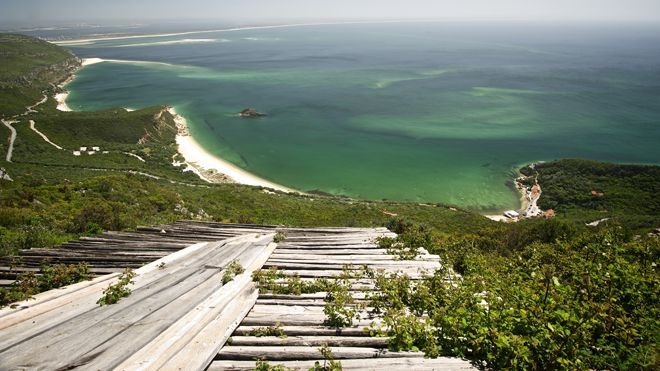
This magnificent natural park, located on the southern coast of Lisbon, is a true gem of Portugal. Stretching over nearly 10,000 hectares, it combines lush green mountains and crystal-clear beaches, offering a unique panorama where the sea quite literally embraces the hills. Whether you’re a nature lover, a hiking enthusiast, or simply looking for a peaceful (and inspiring) place to escape, Arrábida is THE must-see destination. Composed of spectacular landscapes and history, this natural park is a true concentration of biodiversity that attracts visitors from Portugal and beyond every year !
A natural park between sea and mountain
The limestone hills of the Serra da Arrábida rise to about 500 meters and offer incredible views over the Atlantic Ocean and the Sado estuary. The cliffs, plunging straight into the sea, create a striking contrast with the green valleys and forests of pine and cork oak. The park’s ecological richness is remarkable : more than 800 plant species have been recorded here, some of them endemic. And that’s not all, many migratory birds also find refuge in this area. If you’re lucky, you might even spot a griffon vulture, a peregrine falcon, or the majestic black stork.
The sea also plays a central role in the experience offered by the Arrábida Park. The fine sandy beaches, often framed by cliffs, reveal crystal-clear waters ideal for swimming, diving, or simply sunbathing (without guilt, of course). Among the most famous are the lovely Praia do Portinho da Arrábida, a peaceful little bay with turquoise waters, and Praia dos Galápos, perfect for those who dream of a little more solitude.
How to visit the Arrábida Natural Park ?
There are several ways to explore this park, depending on your mood, your fitness level… and your level of motivation after breakfast. Hiking remains one of the most enjoyable ways to wander through and truly discover it. Several marked trails lead to the tops of the green hills, offering spectacular views over the ocean! The Convento da Arrábida trail, for example, is about 5 km long and offers a magnificent panorama over the Sado estuary. For the more experienced hikers (and those who like to sweat for beauty’s sake), the Cliff Trail provides a slightly more technical route, dotted with dizzying viewpoints and breathtaking scenery.
If the sea calls to you instead, don’t worry : boat tours depart regularly from Setúbal or Troia. Seen from the water, the park reveals another, even more spectacular side. With a bit of luck, you might even spot dolphins in the Sado estuary! And for the more active, kayaking and paddleboarding are perfect for exploring the park’s secret coves, often accessible only by sea (yes, sometimes exercise has very nice rewards).
By car, the park is also a delight to discover. The road running along the Serra da Arrábida winds between scenic viewpoints, each offering a panorama more stunning than the last : the Miradouro do Convento, the Miradouro de São João, and the Miradouro da Figueirinha. Get your camera ready (or your phone, no judgment here), these landscapes are worth every megabyte of storage.

©mifuguemiraision
A cultural and historical heritage to discover
Arrábida isn’t limited to its exceptional nature ! The Convento da Arrábida, dating back to the 16th century, is an old Franciscan monastery perched on a hilltop. It can be visited, and the view it offers over the bay is absolutely stunning. In the surrounding villages (Azeitão or Setúbal, for instance), you’ll find local traditions, typical markets (the famous “feiras”), and artisans passionate about wine and olive oil, honestly, there are some real treasures here (I still have a 5-liter bottle of organic olive oil in my kitchen, it’s perfect on potatoes, and not just those !).
As for gastronomy, you’re in for a treat. Azeitão cheese, fresh seafood, and the wine from the Setúbal Peninsula all have a reputation that crosses borders. After a good hike (or a well-deserved nap), you can enjoy all this in a postcard-perfect setting. Among our favorites : Sóce by Mouro Loureiro in Setúbal and O Zeca in Azeitão, two local spots where the food is excellent and the atmosphere convivial (and sometimes a little noisy, but that’s the charm of Portugal).
Where to stay near Arrábida
To fully enjoy the park, it’s best to stay nearby. You’ll find plenty of options: hotels, guesthouses, or even campsites for the more adventurous. Nature lovers will adore the accommodations around Setúbal, just a few minutes from the beaches and trails. The SANA Sesimbra Hotel, for instance, stands out for its superb ocean view and great value for money. And by the way, the town of Sesimbra is well worth a visit, if only for its seaside atmosphere and artisanal ice creams!
Practical tips
To make the most of your visit, remember to bring good shoes (flip-flops are cute, but not great for hiking), water, and a strong sunscreen. The beaches are very exposed to the sun, and some coves require a little effort to reach. Arrive early if you’re heading to Portinho da Arrábida or Galápos, because parking spaces are rarer than seashells on the beach.
The park is open all year round, but the best period is from May to September. Summer is perfect for swimming, while spring and autumn are ideal for hiking and admiring the flora (and to be honest, avoiding sunburns).
Arrábida’s flora and fauna
A true sanctuary of biodiversity, the park shelters a surprising range of wildlife: foxes, wild boars, and even chameleons (yes, real ones!) sometimes hide among the pines and cork oaks. Botany enthusiasts will be fascinated by the wild orchids and typical Mediterranean shrubs. Educational trails and guided tours offer a chance to learn more about the flora, geology, and marine life, perfect for the curious and for children (and curious adults too).
Getting there
The Arrábida Natural Park is about 45 minutes from Lisbon. In theory, there are public transport options, but to freely explore the beaches and trails, it’s best to rent a car. Buses are fine, but they don’t always stop at the right place (and certainly not at your favorite beach).
The Arrábida Natural Park is an escape that combines nature, culture, and Portuguese gastronomy. Between green mountains, turquoise waters, and traditional villages, every corner tells a story. Whether you’re with family, friends, your partner, or traveling solo, you’ll find here the perfect mix of hiking, swimming, and delicious moments. With its breathtaking views and exceptional biodiversity, Arrábida promises an unforgettable experience. And trust me, you’ll go home with sand in your shoes, photos overflowing on your phone, and a big smile !
Share this article
Suggested articles
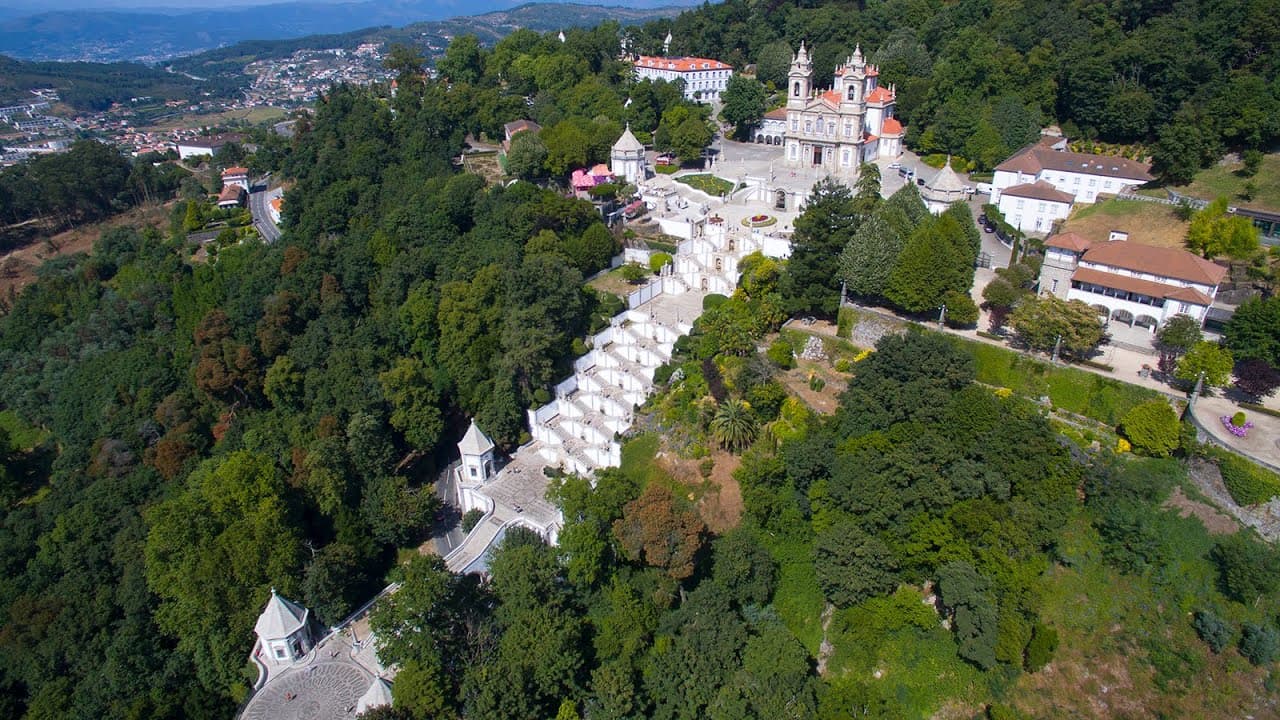
Sanctuary of Bom Jesus do Monte
Perched high above Braga, in the parish of Tenões, the Sanctuary of Bom Jesus do Monte is a place where devotion, spectacular architecture, and breathtaking views come together! This iconic site of northern Portugal has been recognised as a UNESCO World Heritage site since 2019. We’ll guide you through all the practical details, local anecdotes, and insider tips to make the most of your visit.

Natural Park of Serras de Aire and Candeeiros, between caves and dinosaurs
Imagine yourself walking along winding trails, surrounded by towering limestone formations, listening to the birds singing and the murmuring of streams… pleasant, isn’t it ?
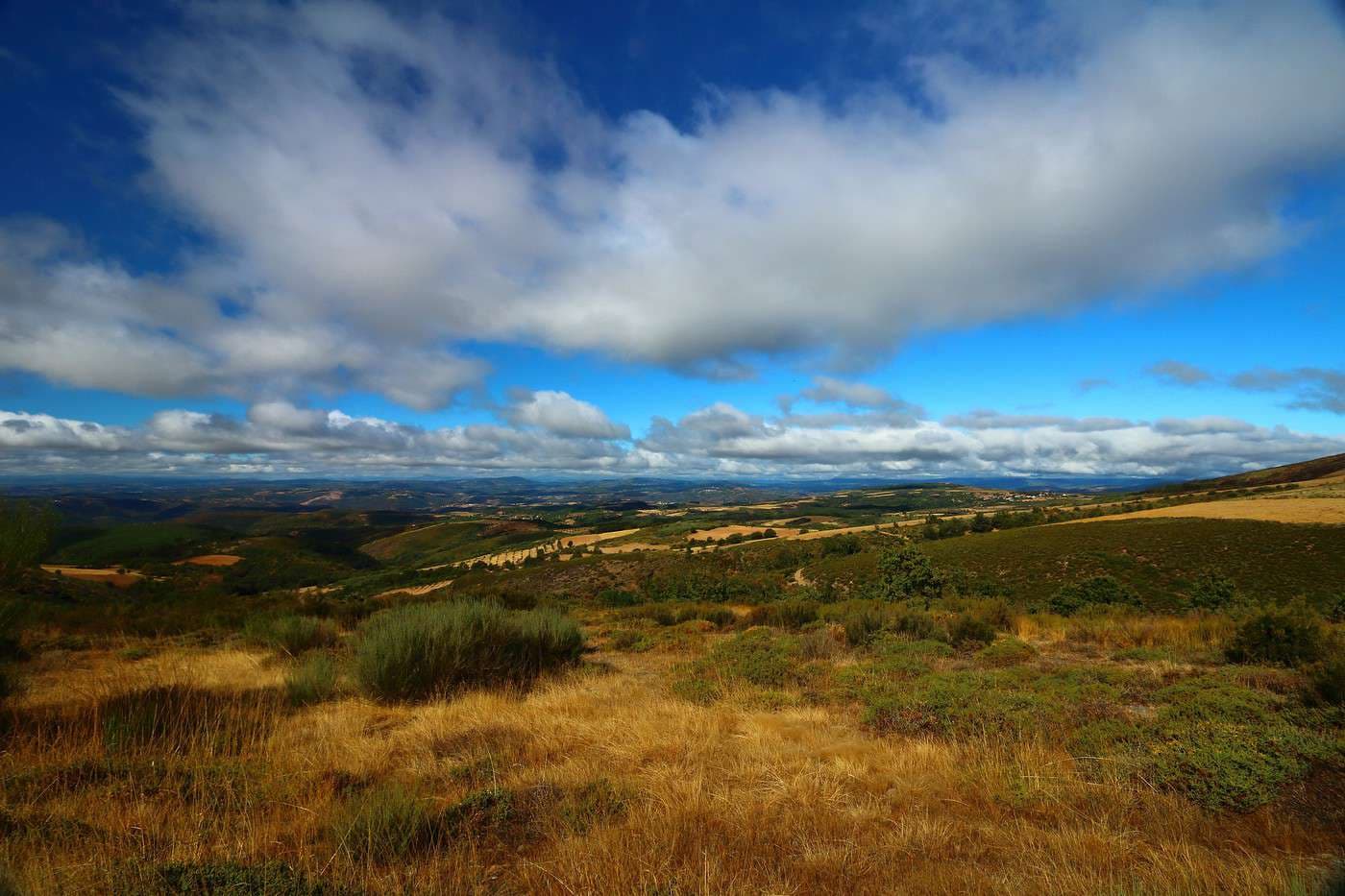
Montesinho Natural Park, rural and authentic Portugal
Portugal is often associated with its sun-drenched beaches, lively cities like Lisbon or Porto, or the gentle charm of the Algarve. And yet, in the northeast of the country, lies a region still little-known to most travellers: Trás-os-Montes. It’s here that you’ll find the Montesinho Natural Park, a vast protected area of over 75,000 hectares, created in 1979, and one of the largest in Portugal. Here, nature reigns supreme… yet coexists peacefully with traditional villages and locals who preserve an authentic rural way of life. It’s a unique destination for anyone wishing to discover a wilder, more genuine Portugal, and one that feels a little outside of time… in short, a breath of fresh air far from the crowds, just what we all need !
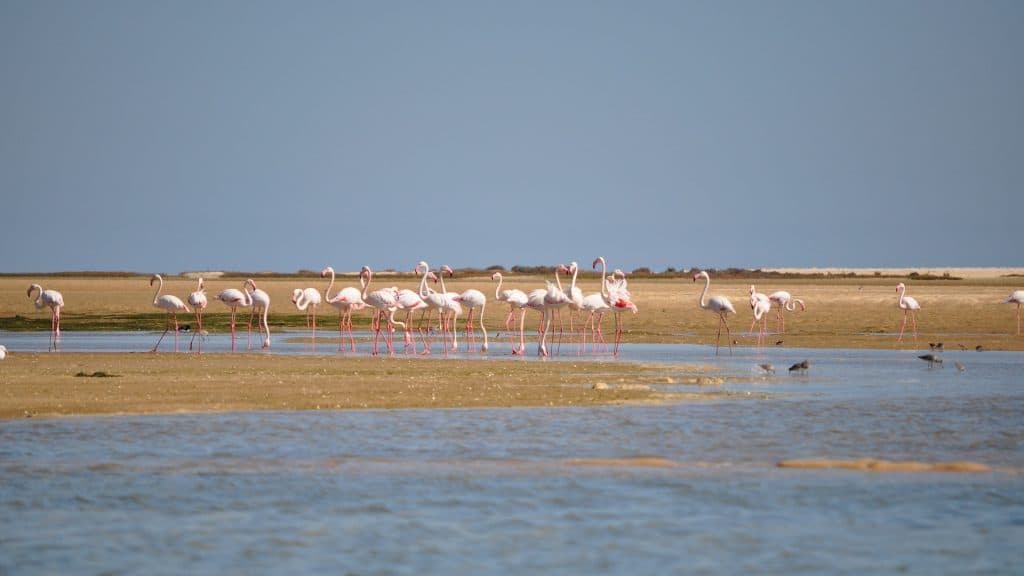
Ria Formosa Natural Park, the paradise of migratory birds
Ria Formosa Natural Park, located in the south of Portugal (in the Algarve region), is an exceptional sanctuary for migratory birds. Covering around 18,400 hectares of lagoons, salt marshes, barrier islands and coastal dunes, it’s a true natural patchwork where land and sea intertwine as far as the eye can see. This park offers an ideal habitat for hundreds of species.
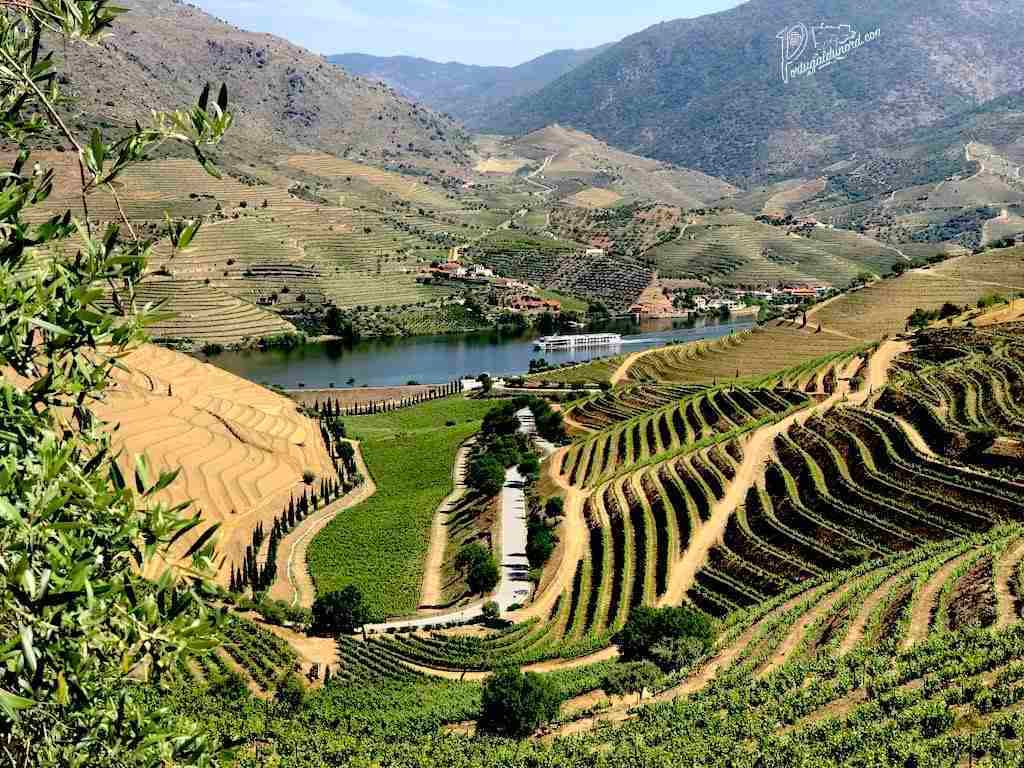
Douro International Natural Park, the Wild Frontier
In the northeast of Portugal, where the River Douro draws a natural border with Spain, lies one of the country’s most breathtaking natural parks : the Douro International Natural Park. Created in 1998, this protected area covers nearly 85,000 hectares and follows the course of the Douro for over a hundred kilometres. Still little-known among travellers, it remains an authentic destination where wild nature blends seamlessly with the age-old traditions of the border villages, a place so peaceful you’ll feel time itself has slowed down.
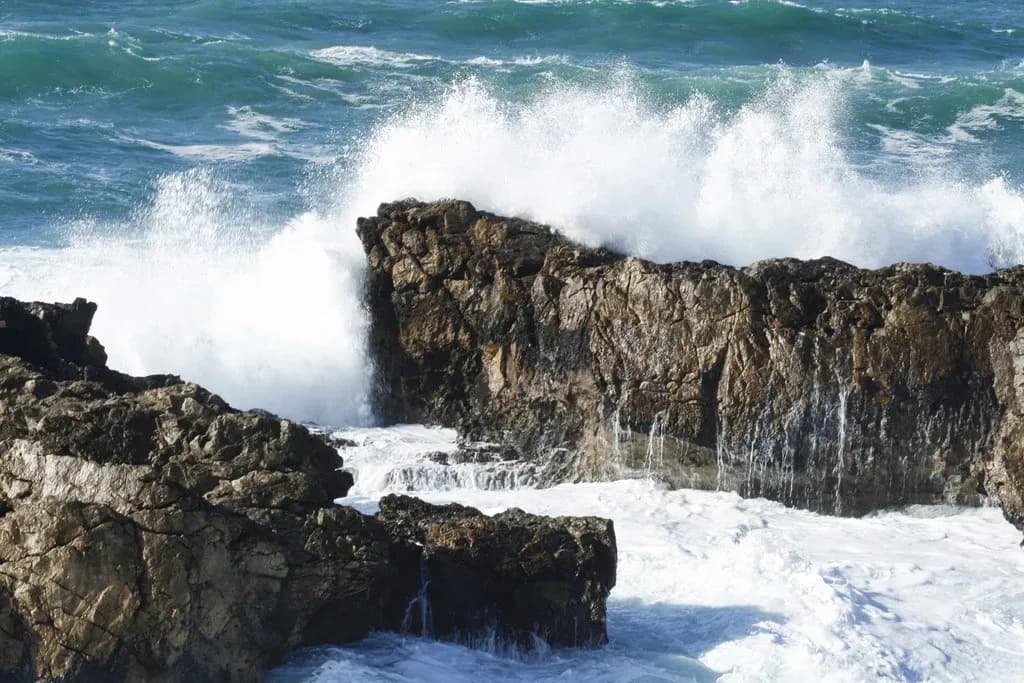
Sintra-Cascais Natural Park, between magical forest and cliffs
Located about 30 km from Lisbon, the Sintra-Cascais Natural Park is a true invitation to escape. Classified as a natural park since 1994, it stretches over around 14,500 hectares and offers a great variety of landscapes: mountains, lush forests, wild beaches and dizzying cliffs. It’s a place where nature and history seem to have made a pact… between fairytale palaces and the salty breath of the Atlantic.


